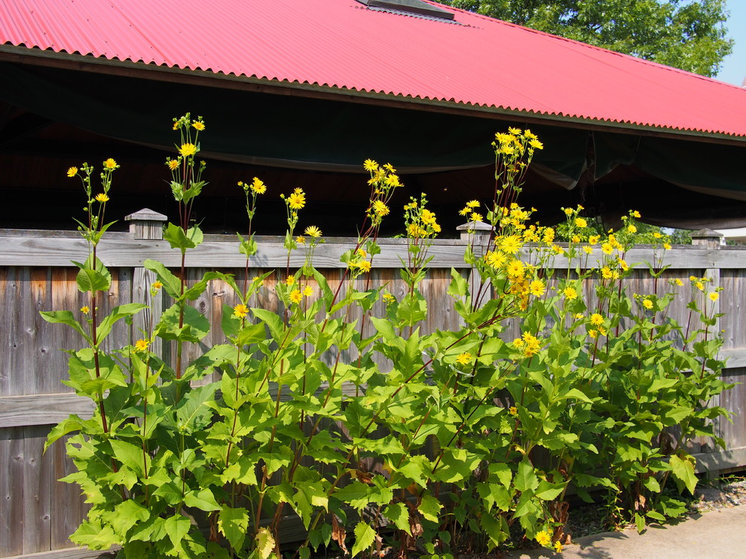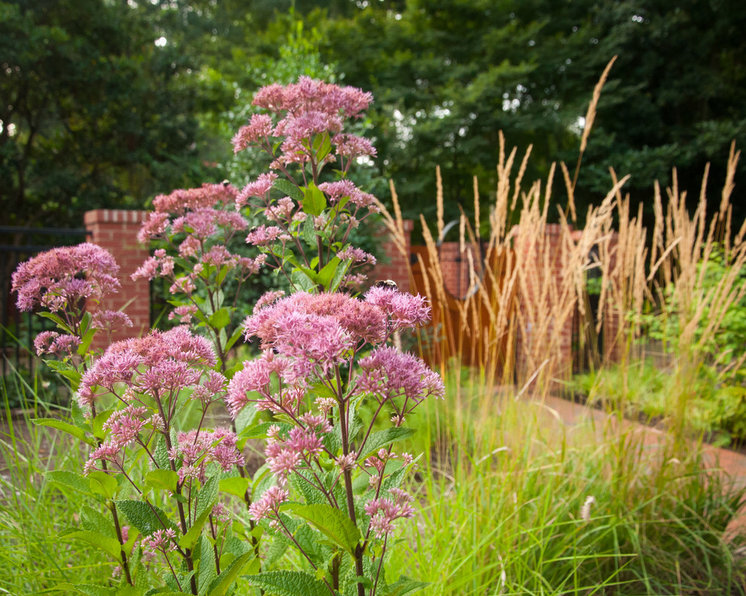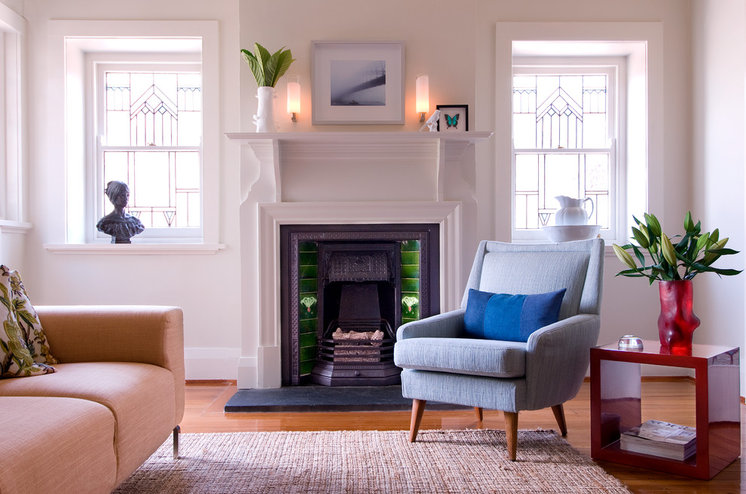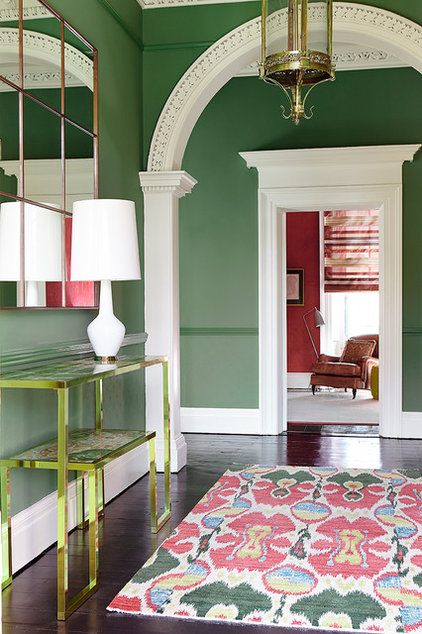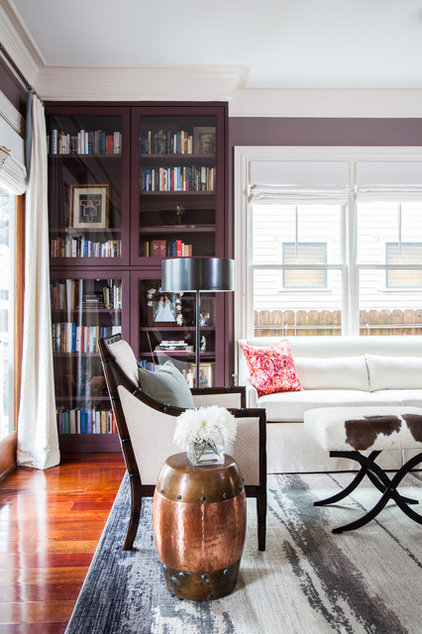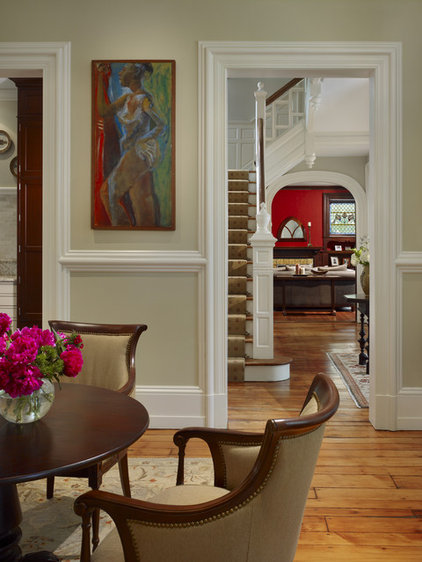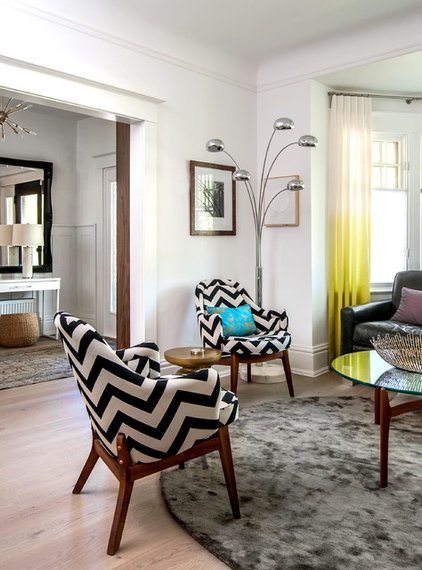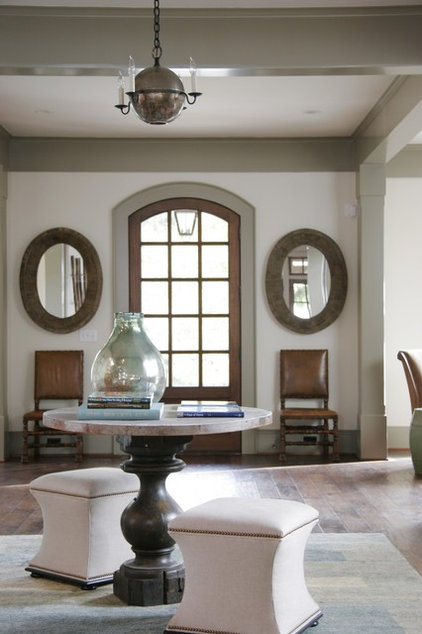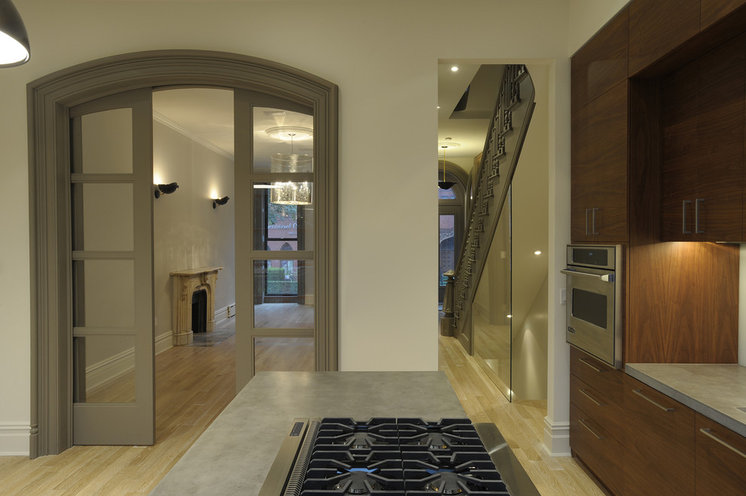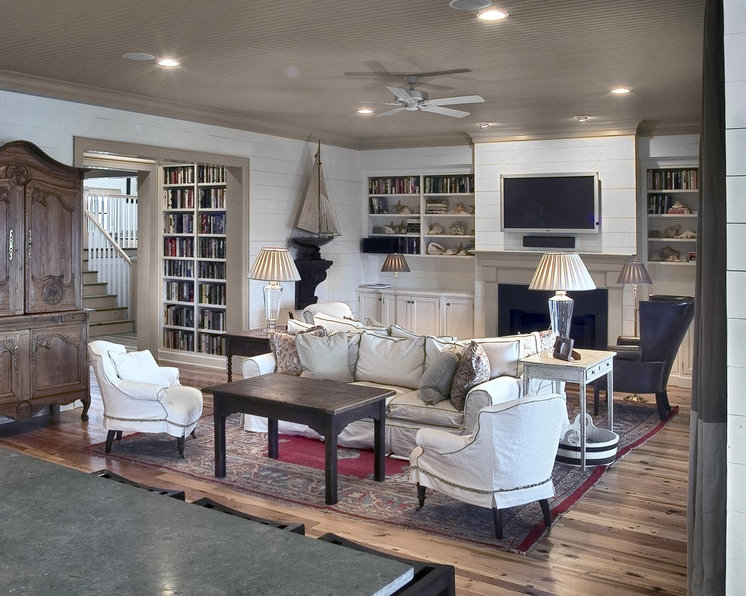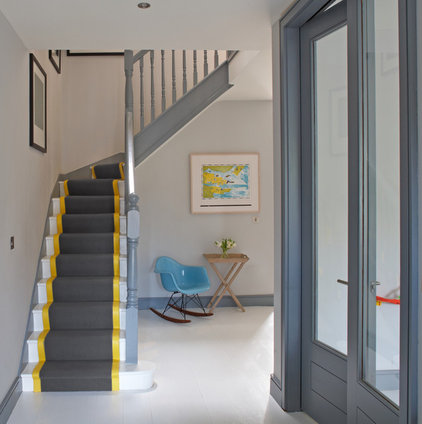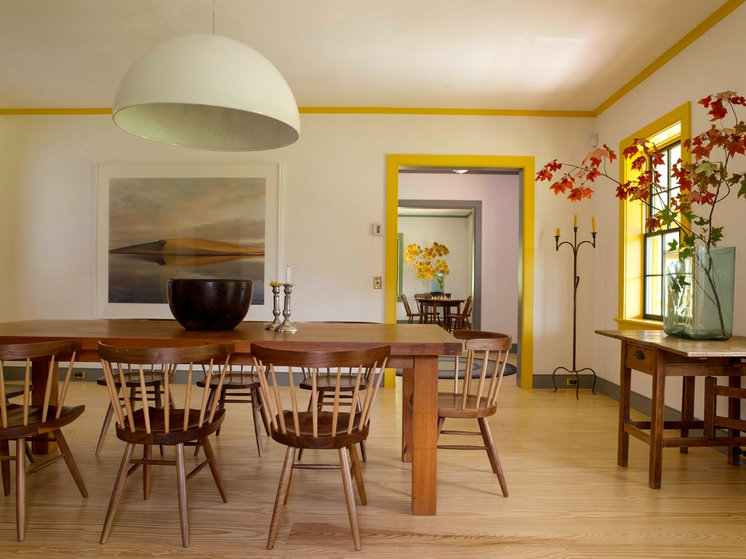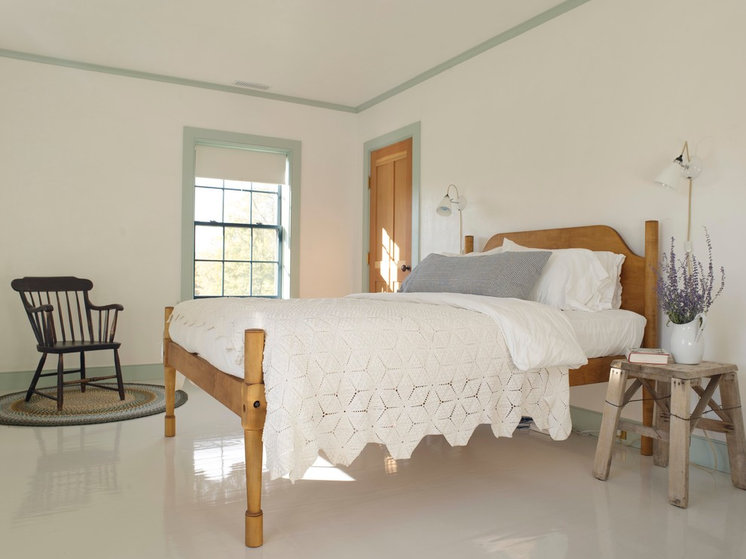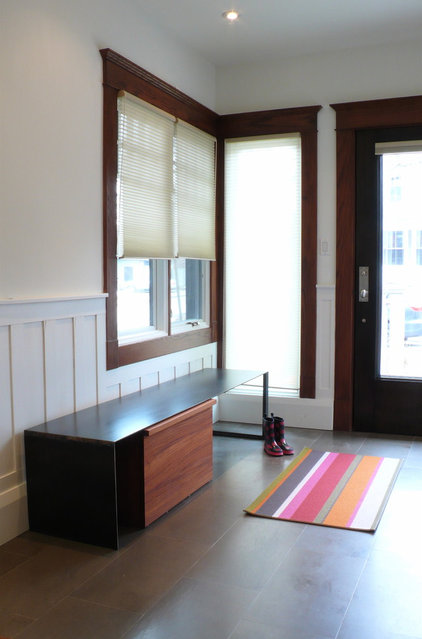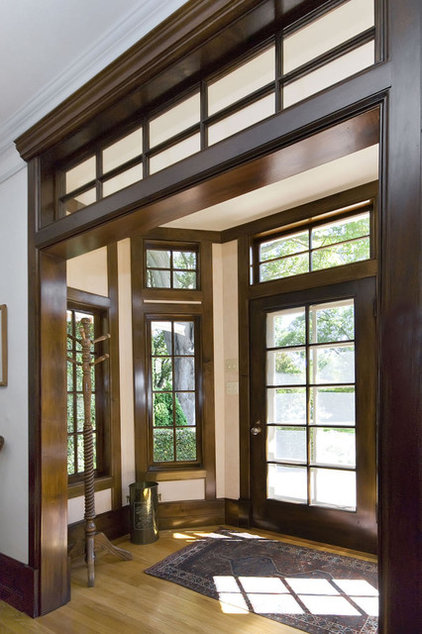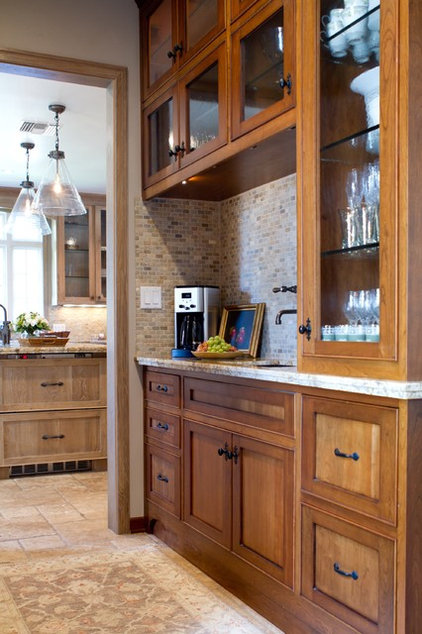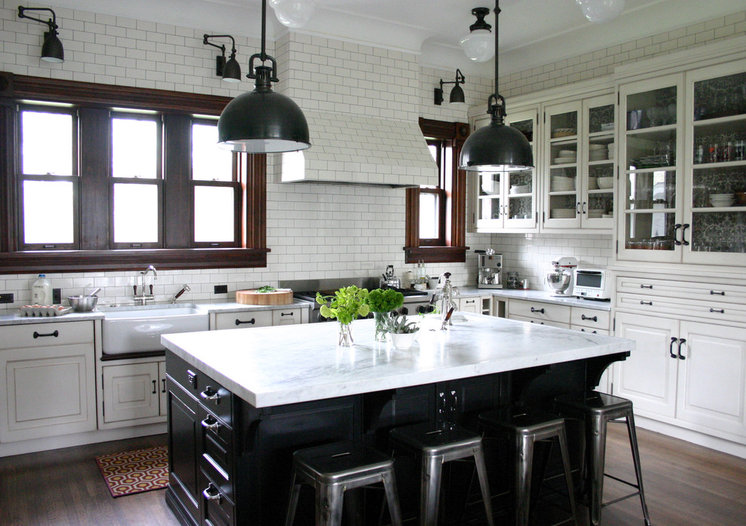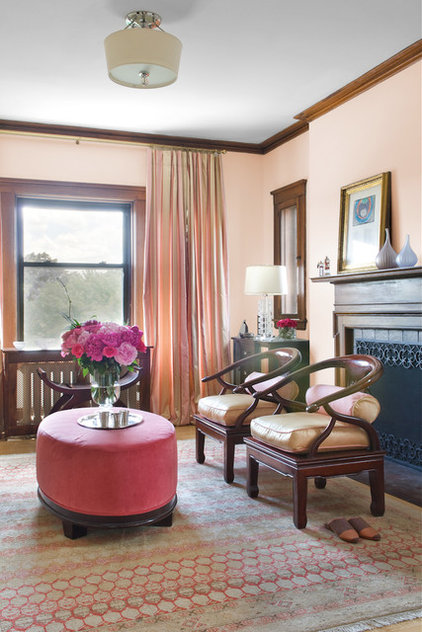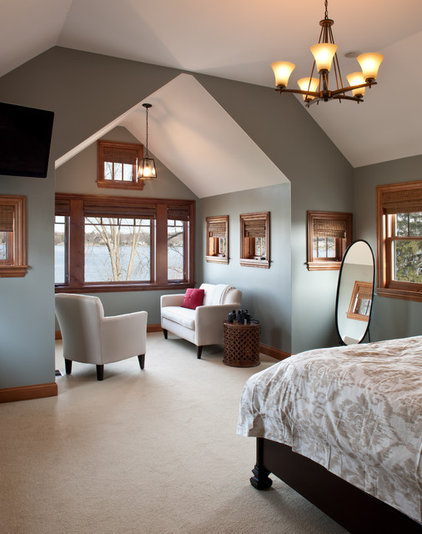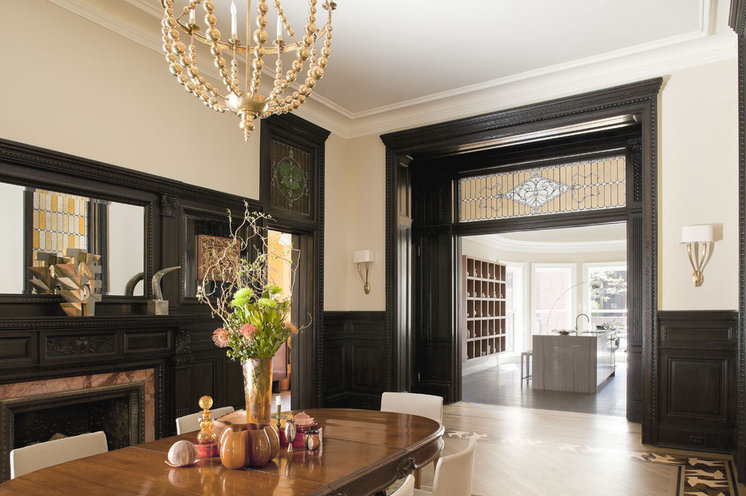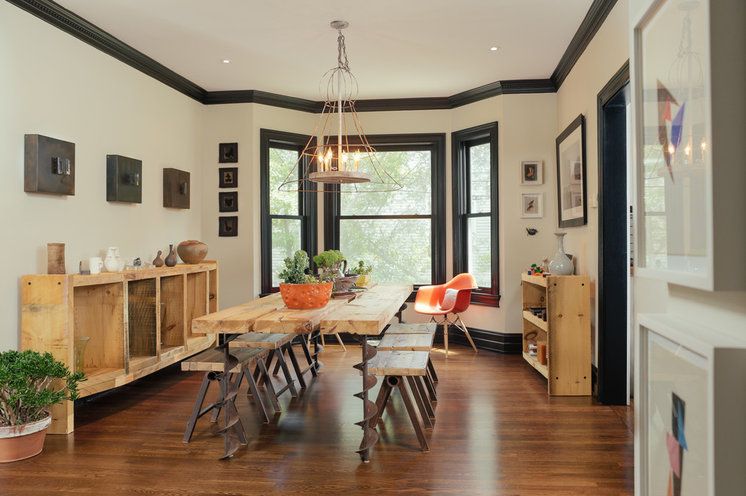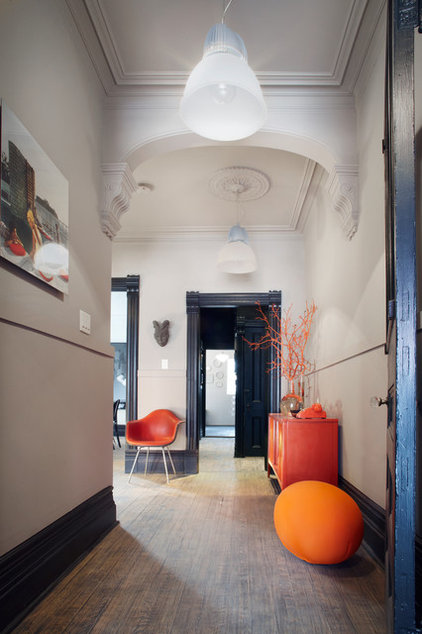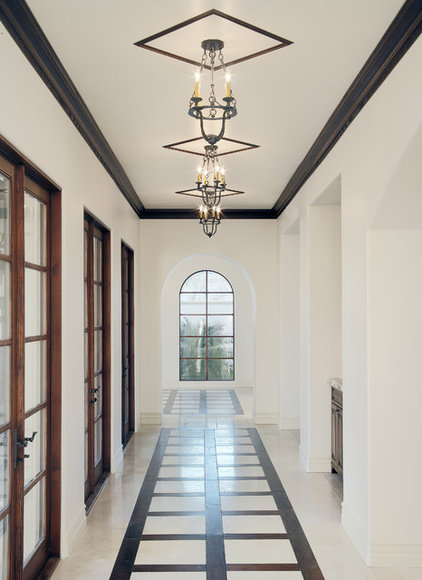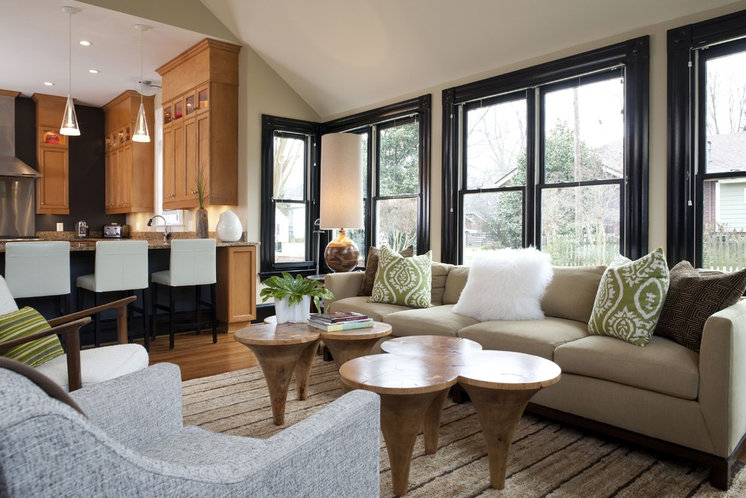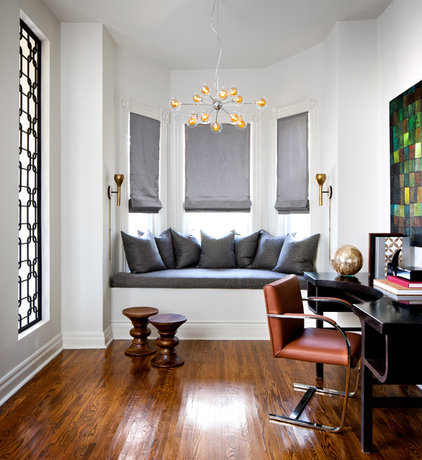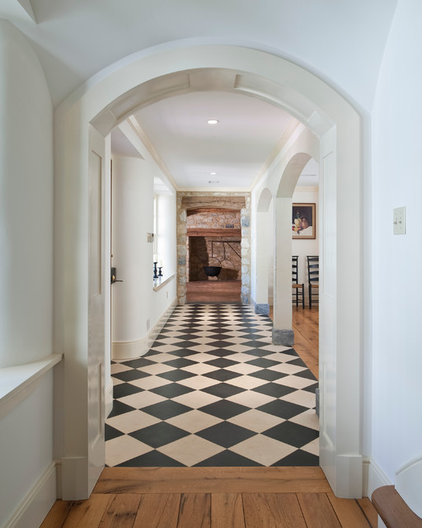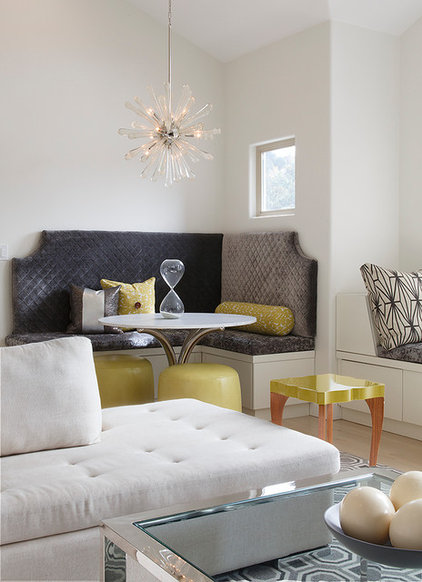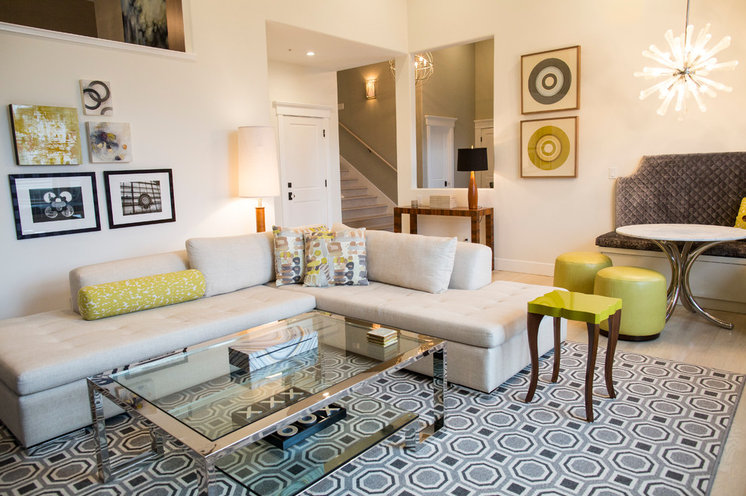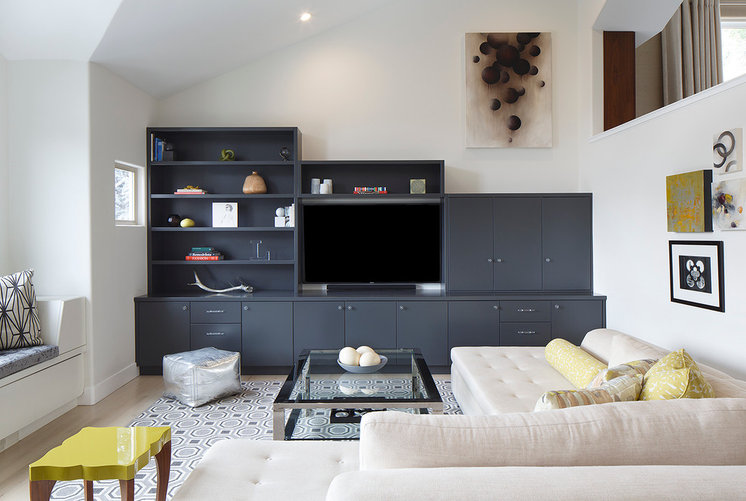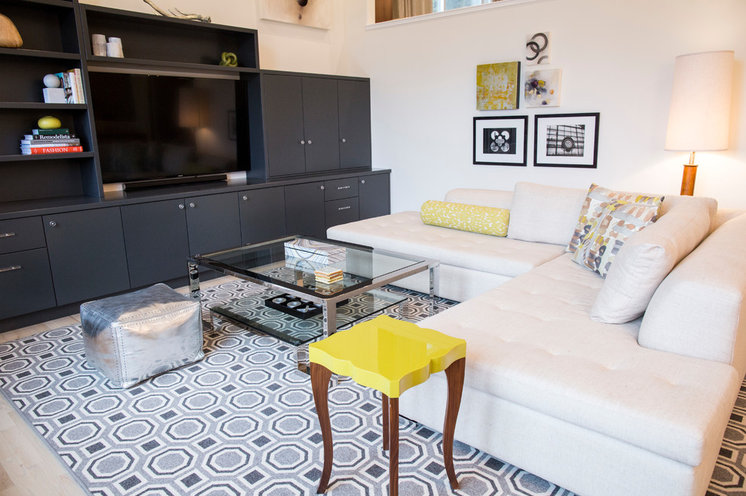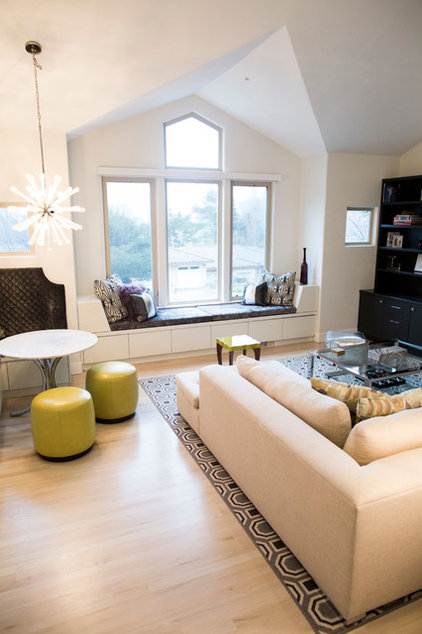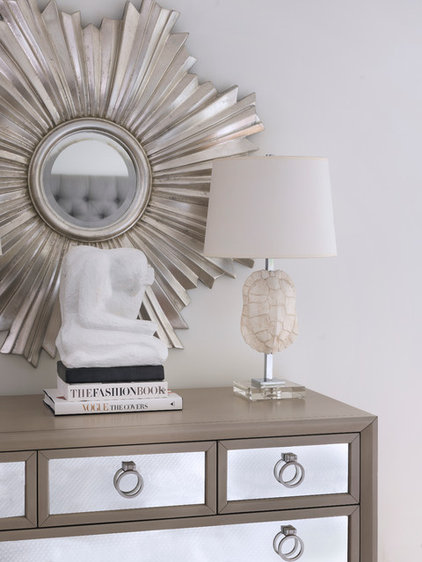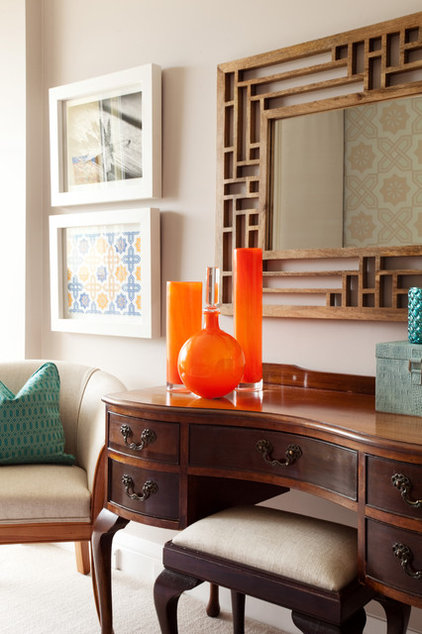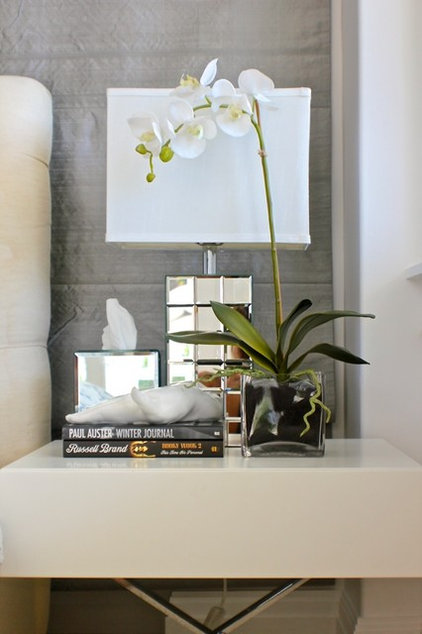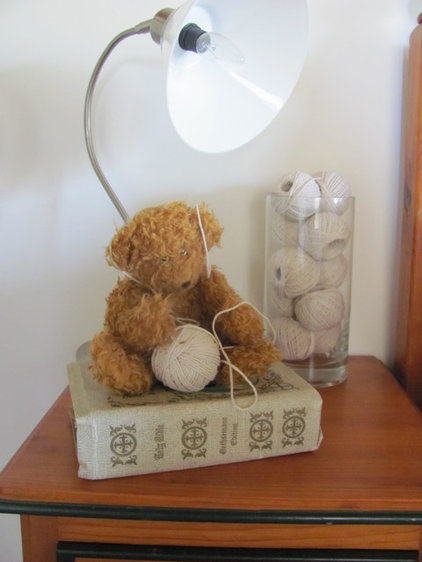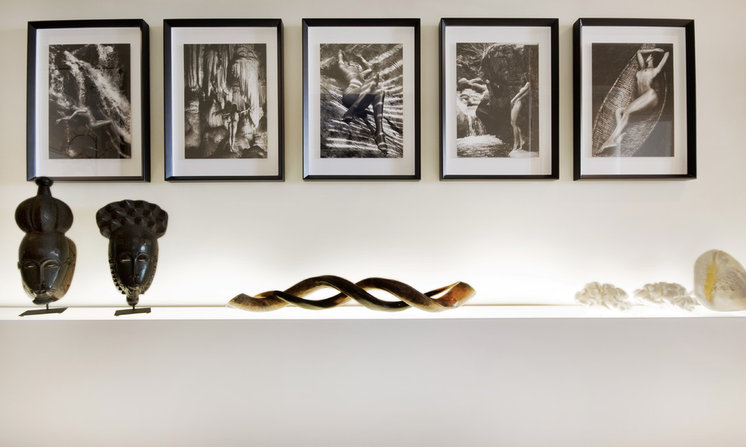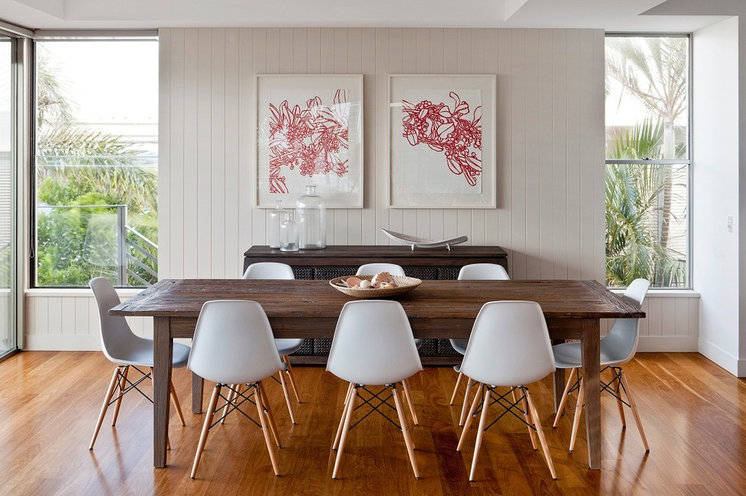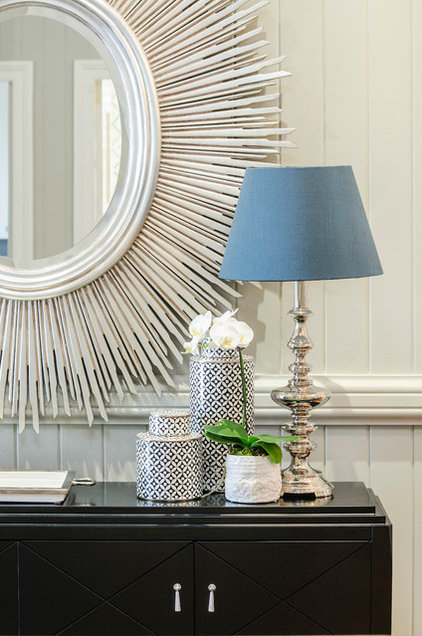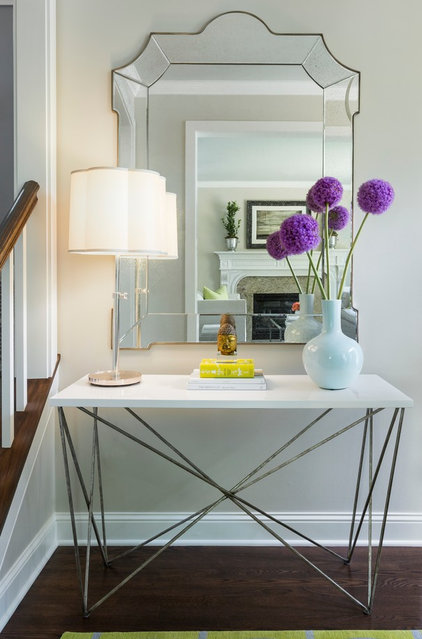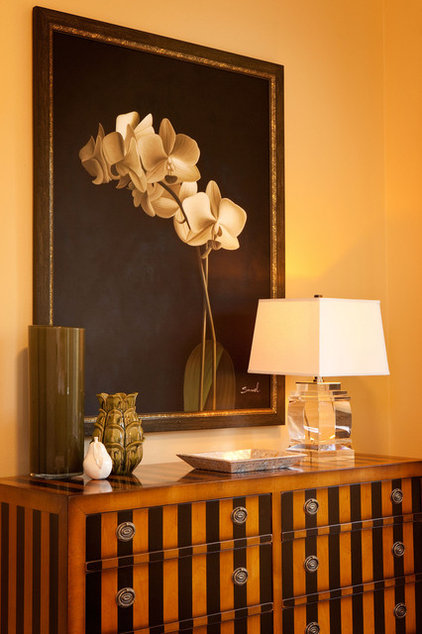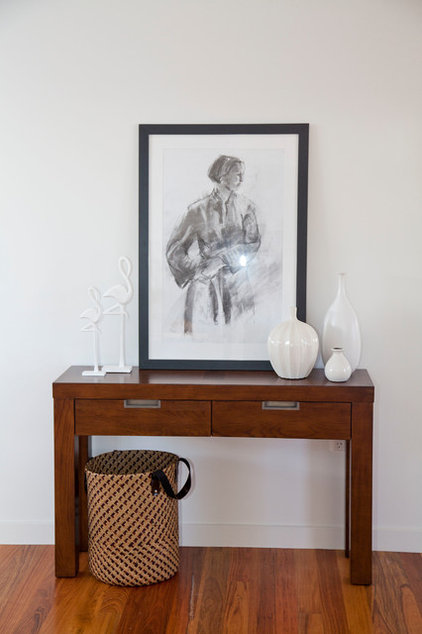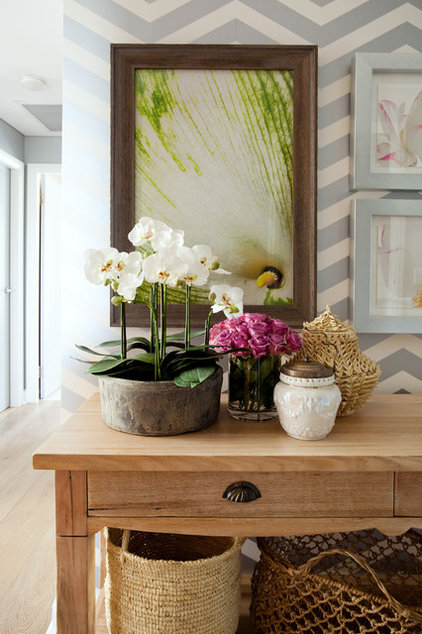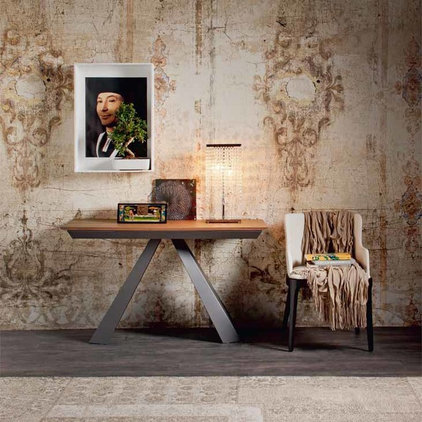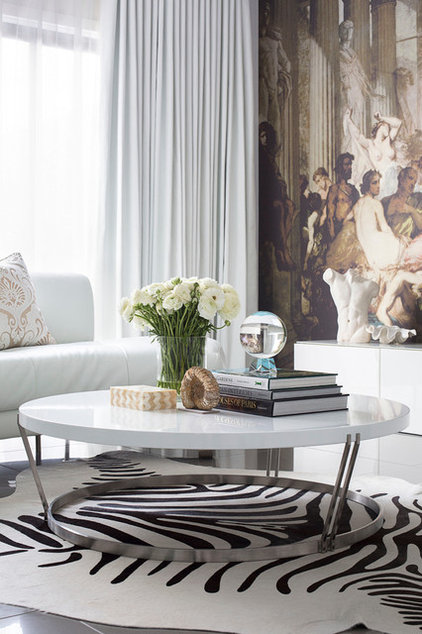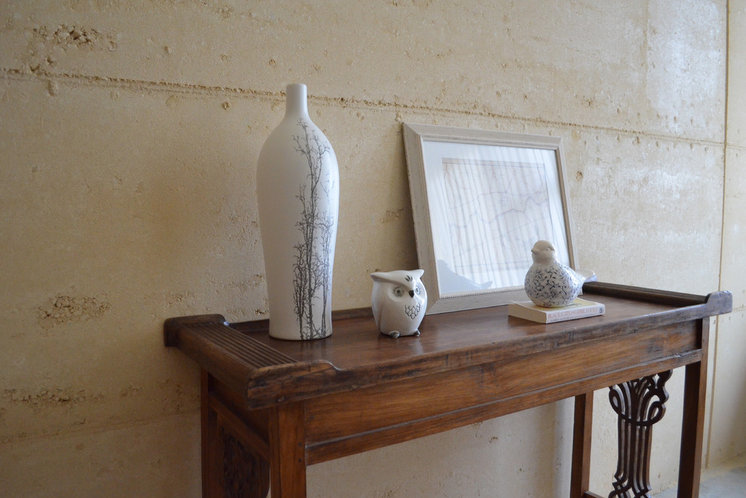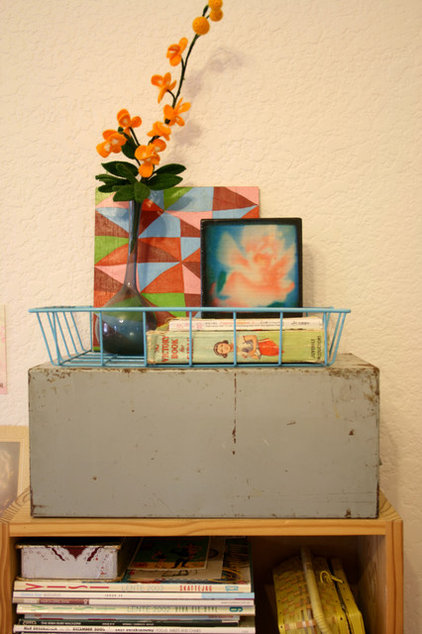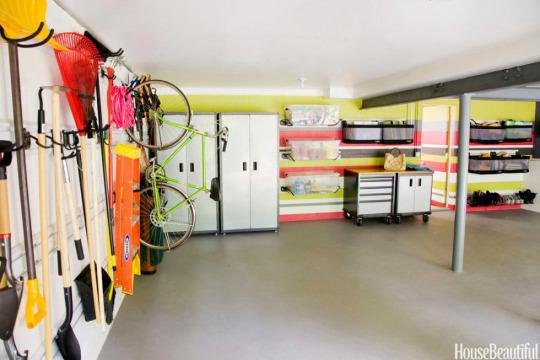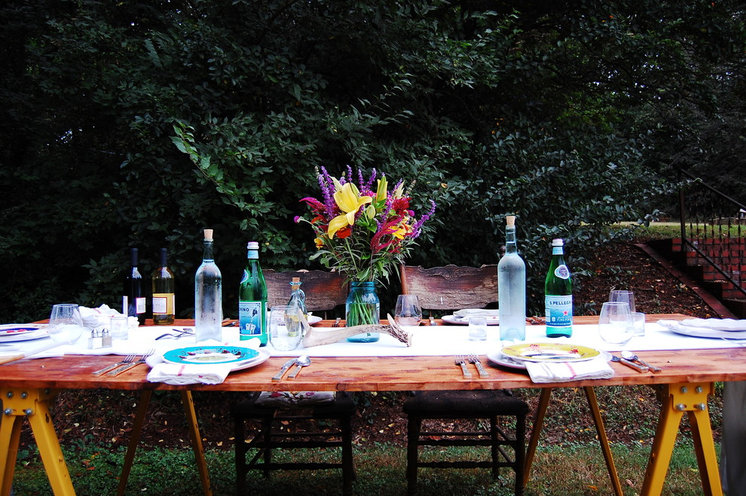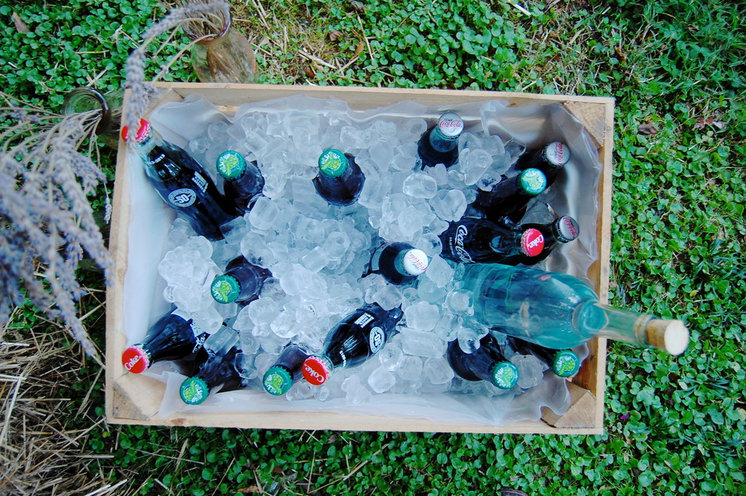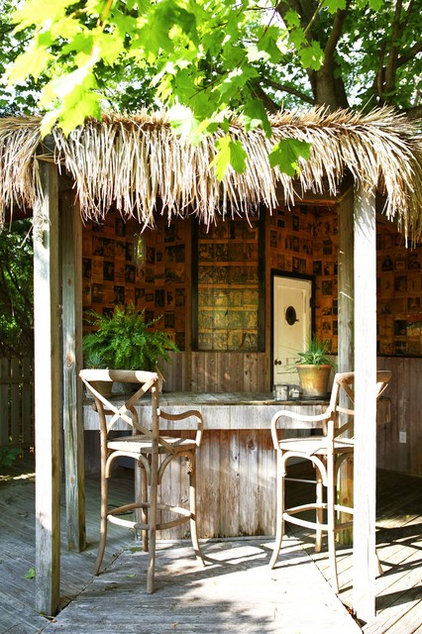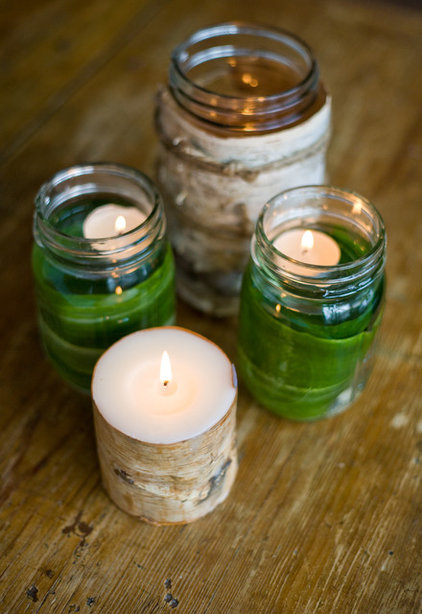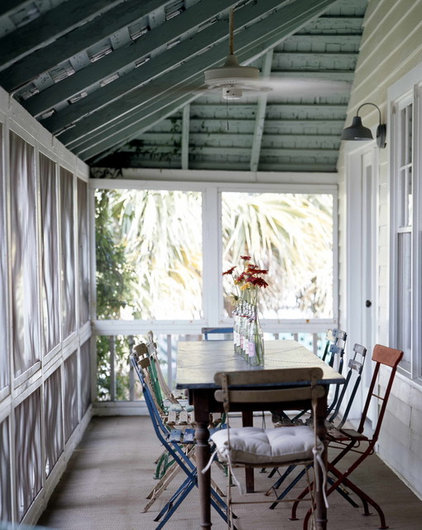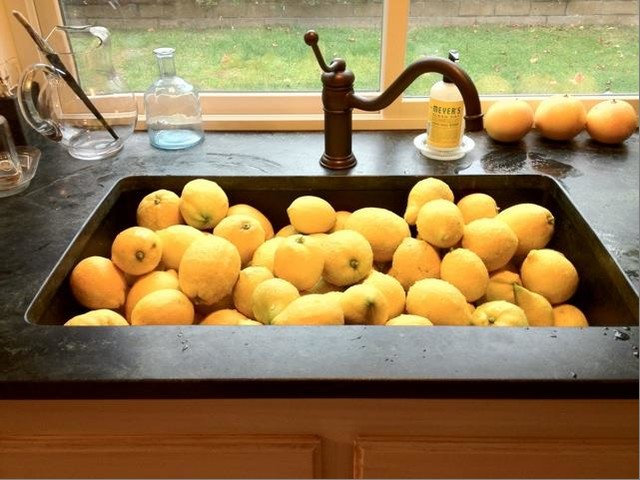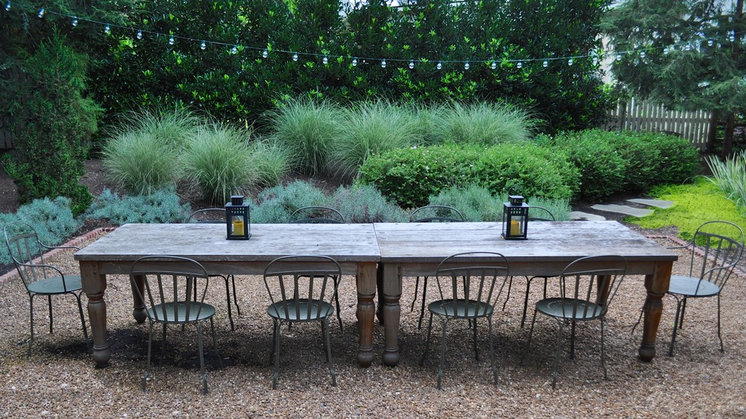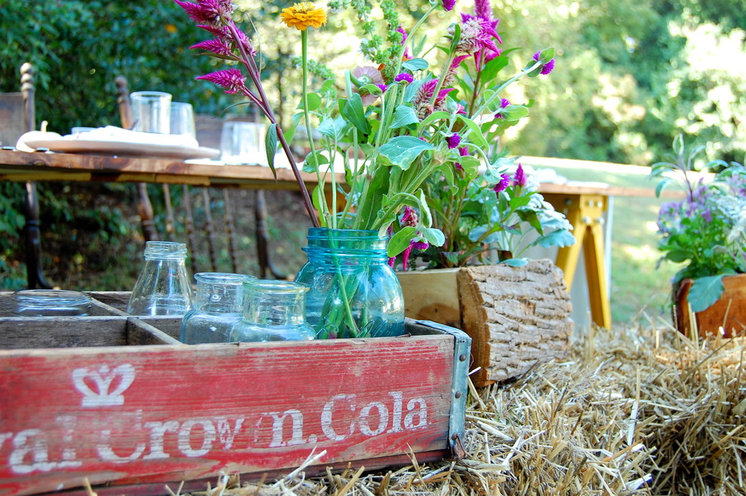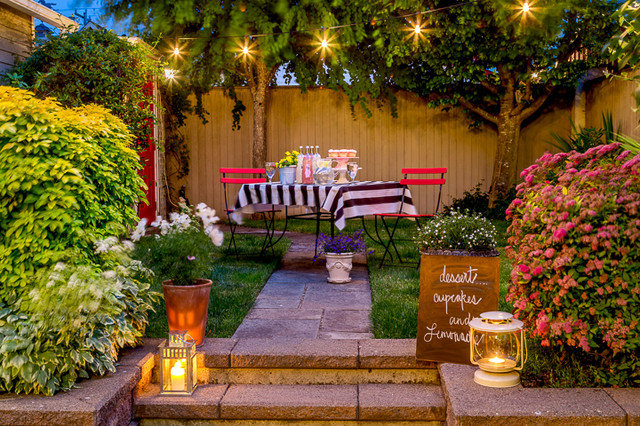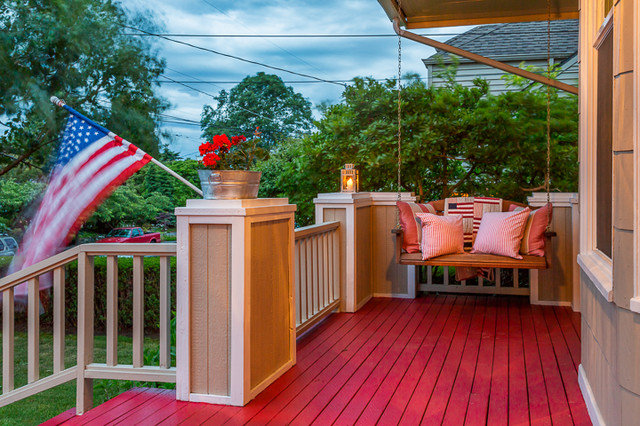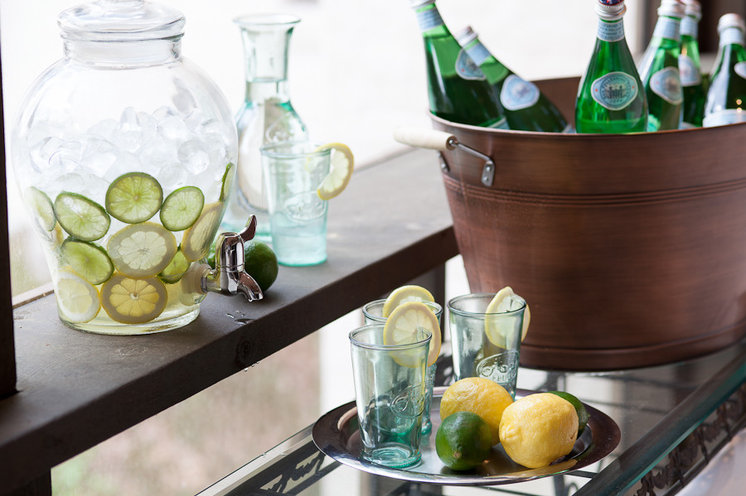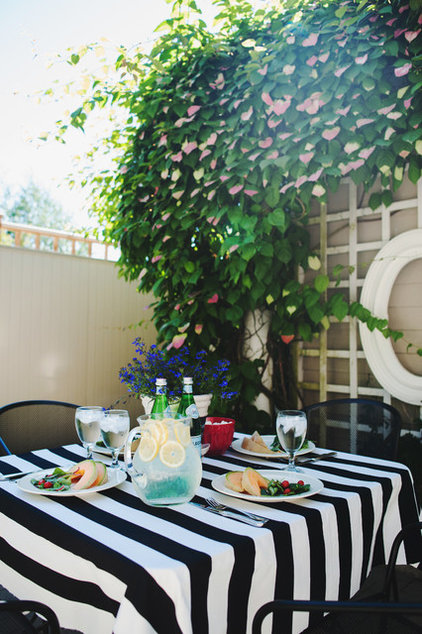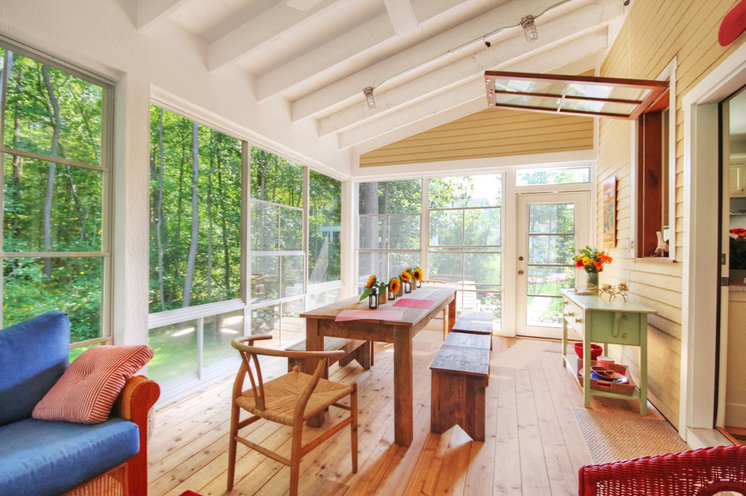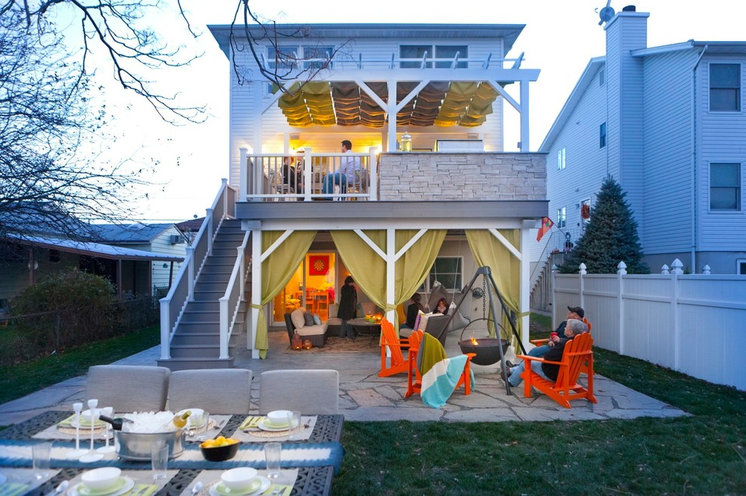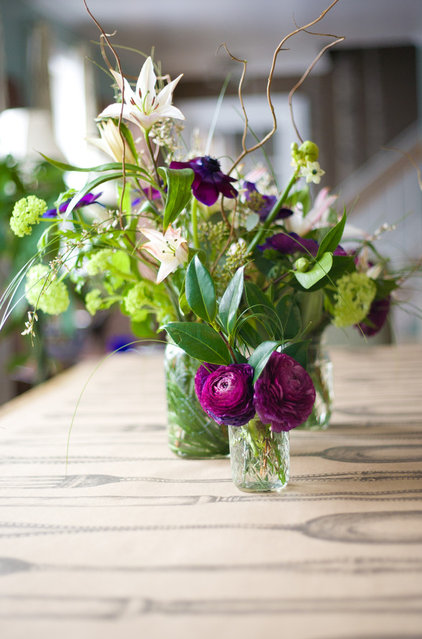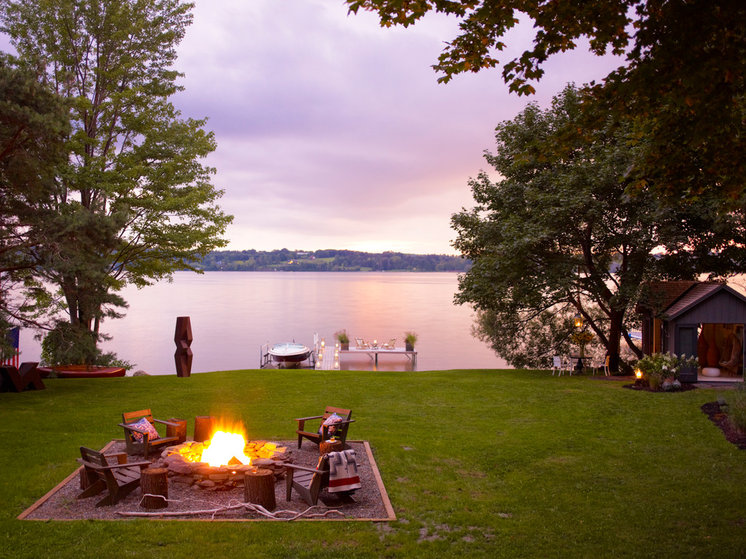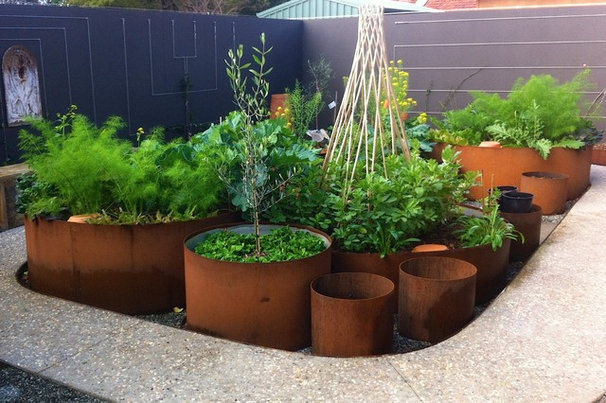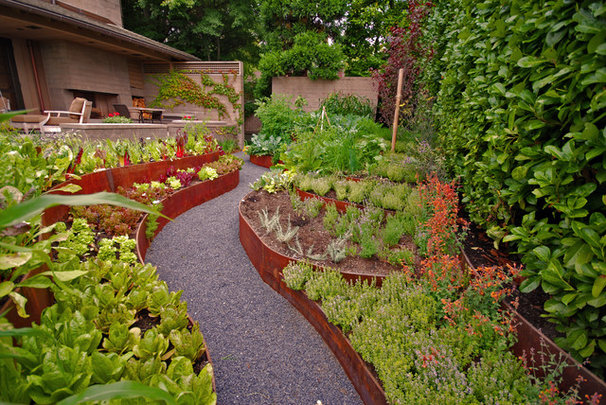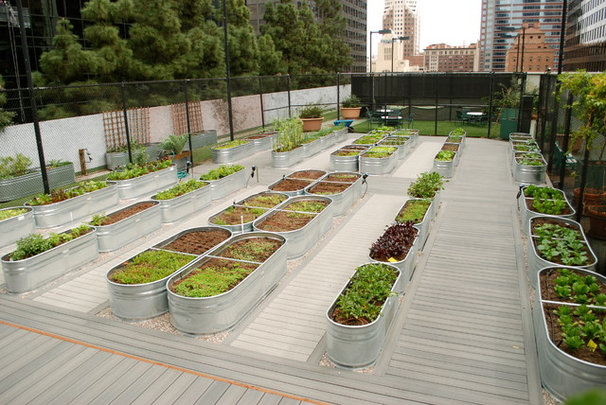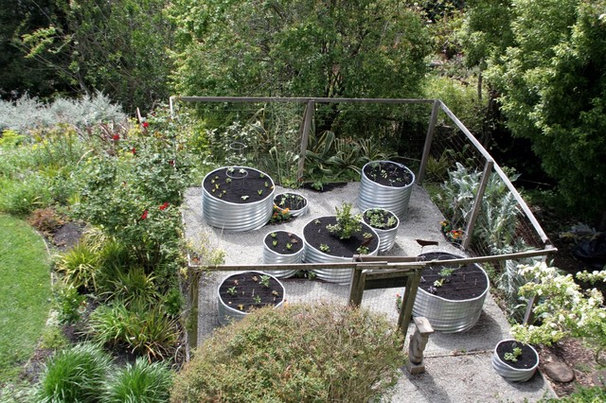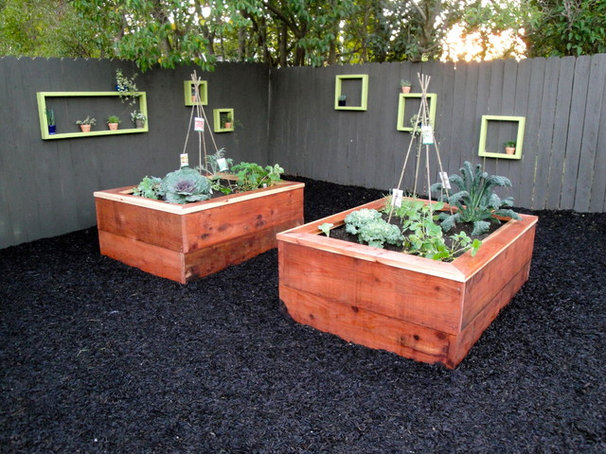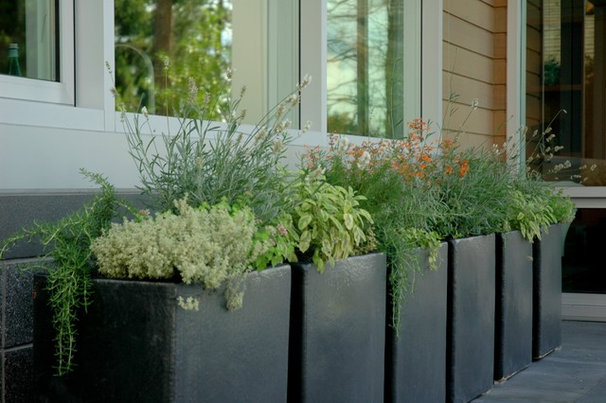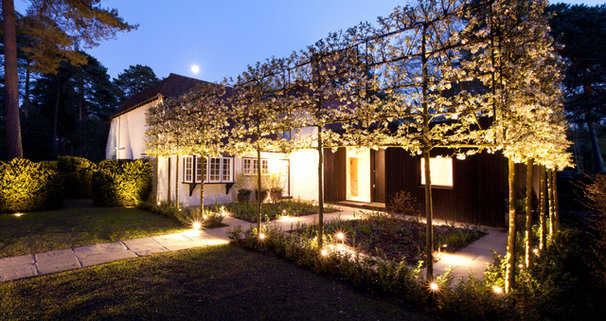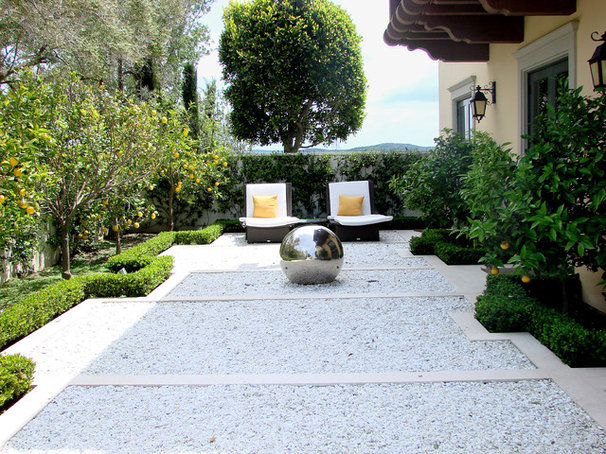What really is a weed, anyway? In our home gardens, weeds are plants we didn’t put there, things blown in on the wind or carried by wildlife. But sometimes a weed is a doorway into knowing what plants are local, what will thrive and what the insects seem to prefer. It’s unfortunate that many beneficial native plants have “weed” in their common name. Can we reprogram ourselves to see that moniker as an attribute and not a liability? As the winter garden catalogs start arriving and you make plans for next year, don’t let a weedy common name scare you off; here are six plants you can consider adding to your landscape.
(Helenium autumnale)
Native to almost every U.S. state
This lovely late-summer to early-fall bloomer gets its common name from the outdated practice of snorting its dried leaves and inducing a sneeze, which was said to drive out evil spirits. Sneezeweed pollen is actually heavy, not carried by wind but by insects (just like goldenrod’s), so it won’t make you sneeze.
Sneezeweed grows 2 to 4 feet tall in medium to moist soil and prefers full sun. The winter seed heads are food for birds and create a nice form en masse. Try this plant in a rain garden or a low-lying area that has consistent moisture.
(Silphium integrifolium)
Native to the central U.S., from Louisiana north to Minnesota and Kansas east to Tennessee
Rosin weed gets its common name from the sticky resin that was once used as chewing gum. It’s a lovely plant that blooms earlier than common sunflowers, so it is often mistaken for milkweed early in the season. It has a deep taproot, which makes it especially drought tolerant in slightly moist to dry soil. It will slowly spread by rhizomes, but at 2 to 4 feet tall, it is never that imposing. It’s a fantastic pollinator plant, and the seeds are attractive to mammals and birds.
Photo by F.D. Richards
(Anemone virginiana)
Native almost everywhere in the eastern half of the U.S.
You can see how this native got its common name — once the petals fall off, the bloom head elongates into a thimble-like structure. You’ll find this summer-blooming, 3-foot-tall plant anywhere from a woodland to a meadow setting, attracting all sort of bees, flies and beneficial wasps. It prefers a rich soil with consistent moisture.
Photo by Joshua Mayer
(Asclepias tuberosa and Asclepias spp)
Native from Minnesota southwest to Arizona and all points east to Maine and Florida
These plants were once the scourges of farmers and ranchers, and kids across the country grew up being told by their parents to yank out any milkweed they saw — most often common (A. syriaca) or showy milkweed (A. speciosa). Such thinking has led to a dearth of monarch butterflies and other pollinators, plus milkweed is a host plant to lots of bugs and beetles, not just the monarch. Common and showy milkweeds’ smaller sibling, orange butterfly milkweed (Asclepias tuberosa) does great in dry, sunny areas; reaches no more than 2 feet tall; and has bright orange blooms.
(Vernonia spp)
Native to most of the eastern half of the U.S.
Its common name comes from the rusty color of its seed heads, not from its wind resistance — even though it is quite stout in a strong breeze. There are several species, but the most common might be tall ironweed (Vernonia altissima); it reaches 5 feet or taller in full sun and moist to medium soil and is a boon to late-season pollinators.
Other species include: common ironweed (V. fasciculata), Missouri ironweed (V. missurica), New York ironweed (V. noveboracensis) and western ironweed (V. baldwinii).
(Eupatorium purpureum)
Native from Minnesota south to Arkansas and east to the East Coast
Joe Pye Weed and butterfly milkweed (and their cultivars) are two of the most common “weeds” you’ll see for sale in nurseries. Joe Pye Weed reaches 5 to 7 feet tall and loves medium to moist soil in full sun to partial shade. Butterflies flock to it in mid to late summer while it’s in bloom, as do several bee species.
Other Joe Pye Weeds include: spotted Joe Pye Weed (E. maculatum), native to most of the northern U.S., and hollow Joe Pye Weed (E. fistulosum), native from Maine to Florida and west to Indiana and Louisiana.

